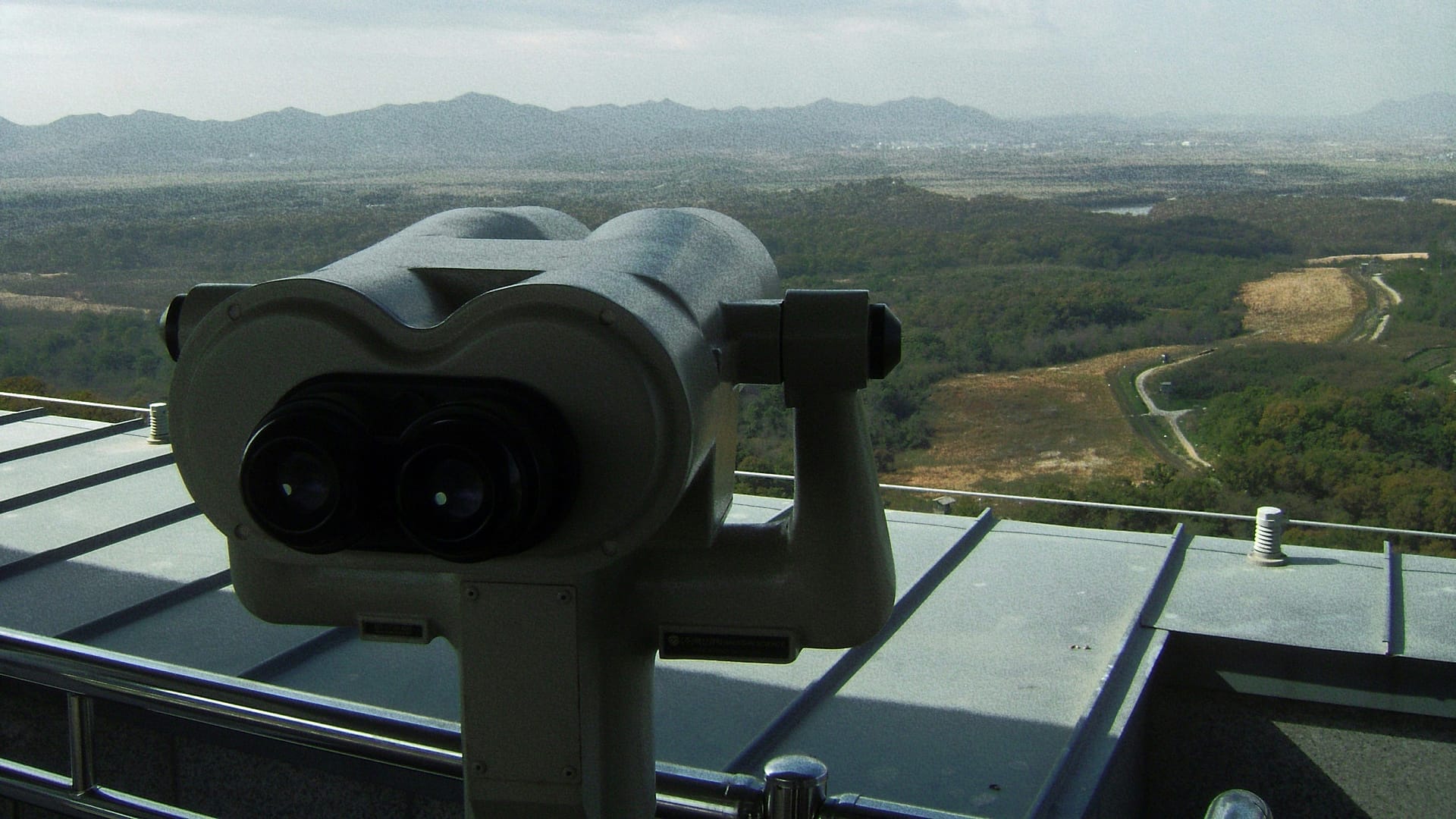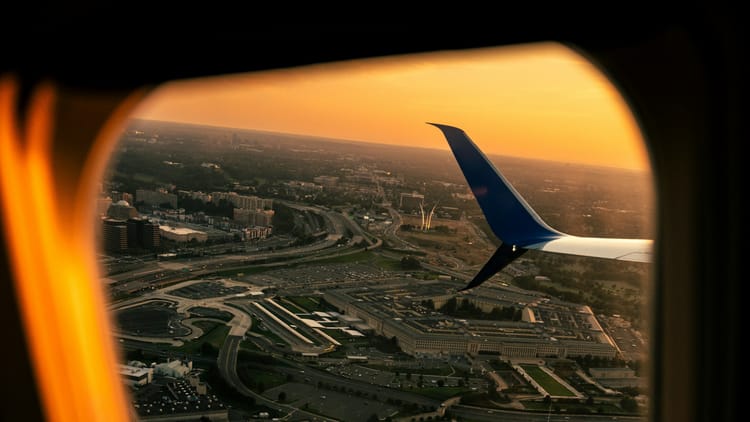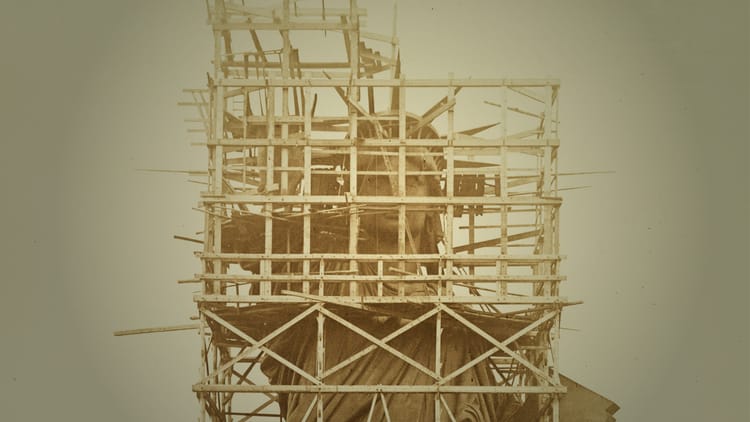Obscured by clouds

On May 21, when North Korea’s navy attempted to launch its second destroyer, the Kang Kon—with the country’s Supreme Leader, Kim Jong Un, looking on—the ceremony ended in disaster. As the ship accidentally slid off its cradle into Kyŏngsŏng Bay, the weight of the vessel crushed and ruptured parts of the hull, leaving the ship’s stern stuck underwater for two weeks.
While the failure prompted a lot of good memes and jokes, the 5,000-ton-class Kang Kon—which the navy repaired, relaunching it in June—is part of a standing, ambitious initiative to upgrade the North Korean navy’s capabilities. Just a few weeks earlier, it had launched its first destroyer, the Choe Hyon. In late April, it test-fired weapons systems, including supersonic cruise missiles. The Choe Hyon also has anti-aircraft missiles, a phased radar array, and air-defense systems—sophisticated technologies that some military analysts say Russia must have helped North Korea develop.
At the Kang Kon’s relaunch in June, Pyongyang announced plans to build two more destroyers next year. In March, it unveiled a nuclear-powered submarine already under construction. In May, Kim supervised ballistic-missile tests to simulate nuclear counter-strikes against South Korean and U.S. forces. Meanwhile, Pyongyang has conducted a seemingly unending series of weapons tests.
Among all the interpretations of these military displays, one stands out: that the North Koreans are preparing a military attack. Late in 2023, Pyongyang announced it would now consider South Korea a hostile country and no longer seek reunification with it. Then, in January 2024, Robert Carlin and Siegfried Hecker—two U.S. officials who’ve worked on North Korea for decades, Carlin with the State Department and CIA, and Hecker as the former director of Los Alamos National Laboratory, the U.S. center for nuclear-weapons research—released an influential report detailing why they think Kim has made the decision ultimately to go to war.
Is this true?
Michael Breen is an analyst of the two Koreas who’s lived in the South for more than 40 years and is the author most recently of The New Koreans: The Story of a Nation. Breen says outside observers are always in the position of having to interpret North Korean weapons tests through layers of possible meaning, often difficult to parse. Still, he sees evidence for the shape of a different reality: that all these military upgrades belong to the beginnings of a transformative change—in a country long known for almost no change. After decades of privileging the military above all else in North Korea, Pyongyang is now instead showing signs that it’s really focusing on economic development. Yet if he’s right, Breen says, it means Kim is trying to alter his country’s economy without altering its totalitarian politics—raising an enormous question about where and how far this change could go …
Michael Bluhm: Why all the endless public weapons testing?






